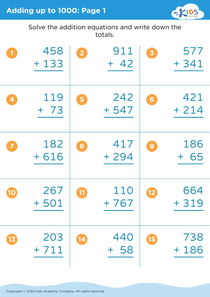Pattern recognition Numbers Worksheets for Ages 4-5
4 filtered results
-
From - To
Enhance your child's mathematical abilities with our Pattern Recognition Numbers Worksheets, designed for ages 4-5. These engaging and educational worksheets help young learners identify and complete number patterns, fostering critical thinking and early math skills. Colorful and interactive, each worksheet captures their interest while teaching essential concepts in a fun, engaging way. By working through these activities, children develop a strong foundation in number sequences and recognition, preparing them for more advanced math challenges ahead. Start your child's journey to numerical proficiency today with our expertly crafted pattern recognition exercises, promoting confidence and a love of learning.
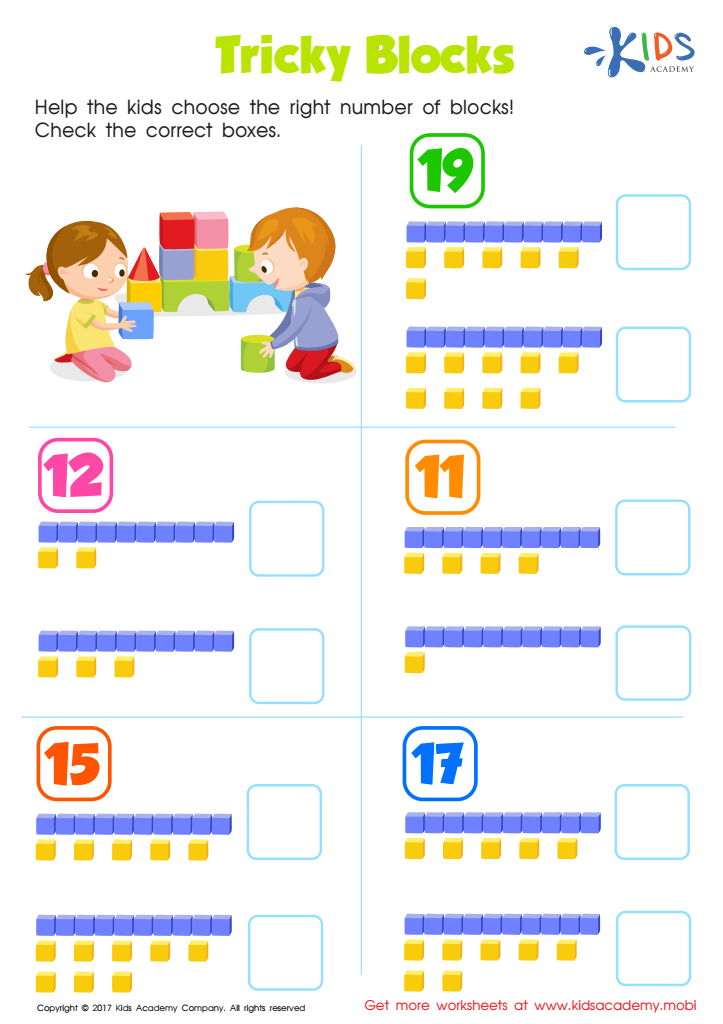

Tricky Blocks Worksheet
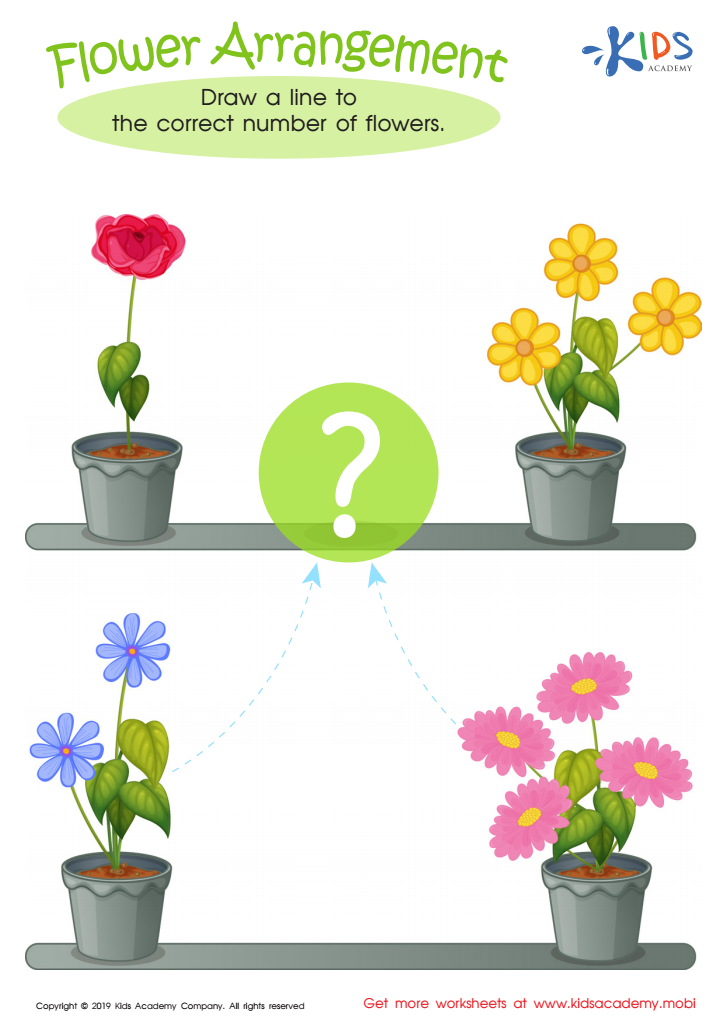

Flower Arrangement Worksheet
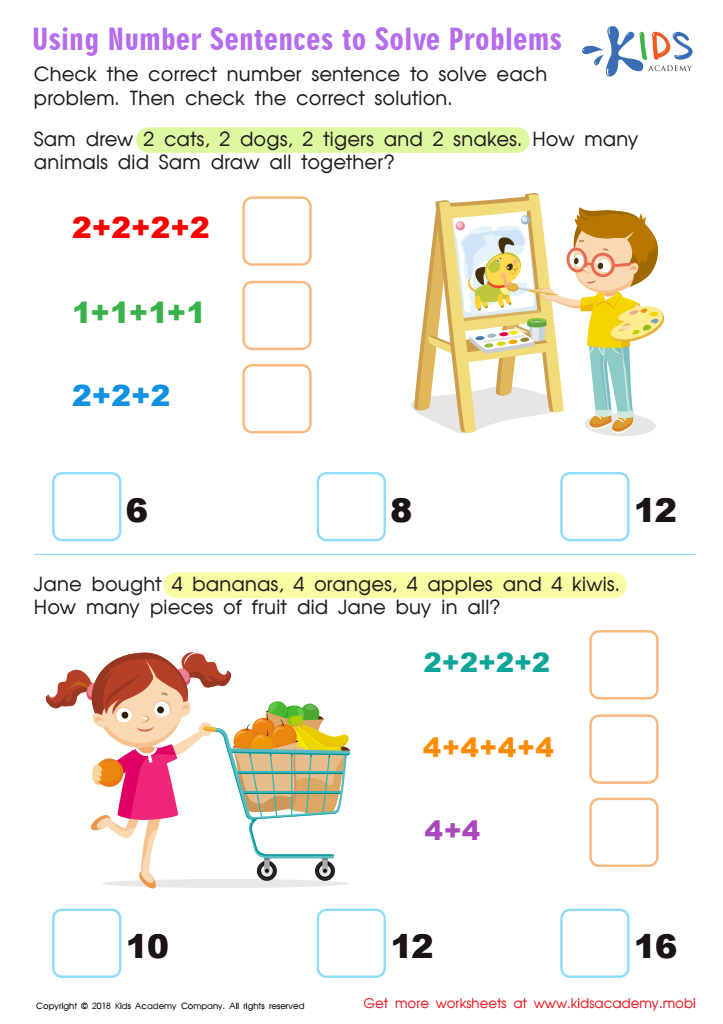

Using Number Sentences to Solve Problems Worksheet
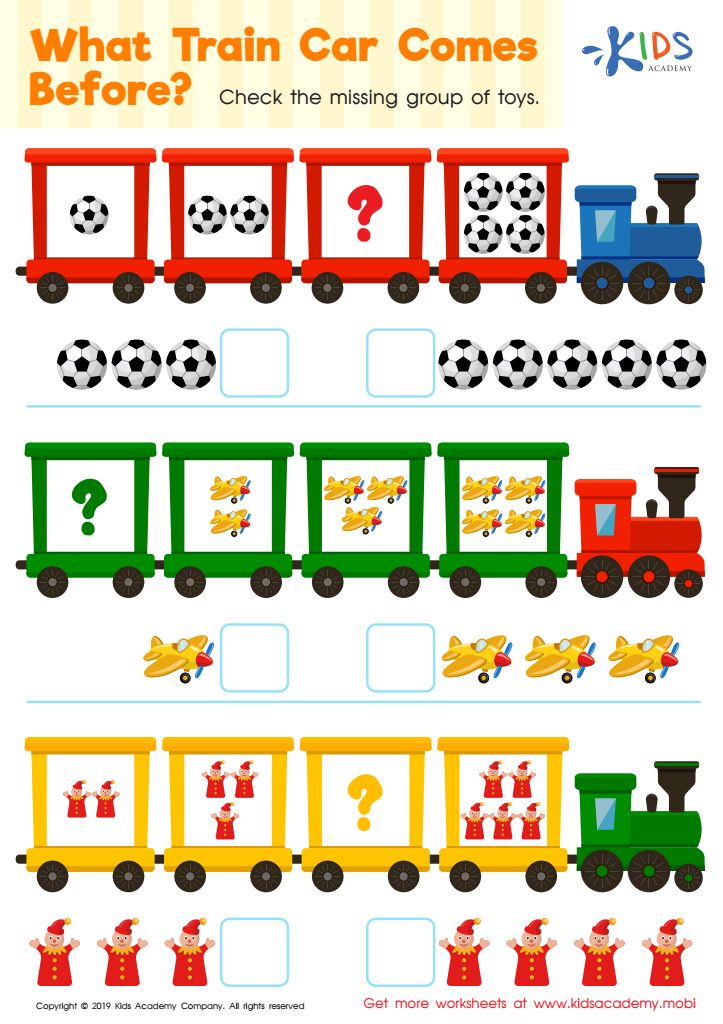

What Train Car Comes Before? Worksheet
Pattern recognition in numbers is crucial for children aged 4-5 for several developmental reasons. At this age, young minds are like sponges, absorbing information rapidly. Recognizing numerical patterns helps build foundational math skills and cognitive abilities that are essential for future learning.
When children identify patterns in numbers, they start to understand the concepts of order, predictability, and relationships between numbers. This understanding paves the way for more complex math skills, such as addition, subtraction, and eventually, multiplication and division. Pattern recognition also enhances problem-solving skills and logical thinking, as children learn to anticipate what will come next in a sequence and recognize regularities.
Moreover, pattern recognition fosters critical thinking and analytical skills. When children discern patterns, they practice analytical skills and improve their memory and attention to detail. Recognizing numerical patterns can be as simple as identifying every second number or counting in groups (e.g., 2, 4, 6, 8).
In the classroom, activities that teach numerical patterns can also be social and engaging, fostering collaborative learning and communication among peers. For parents, using everyday objects and games to teach patterns can make learning fun, cultivating a positive attitude towards math from a young age. By emphasizing pattern recognition in numbers, both parents and teachers help set strong academic foundations and boost a child's confidence in their ability to learn and excel.

 Assign to My Students
Assign to My Students


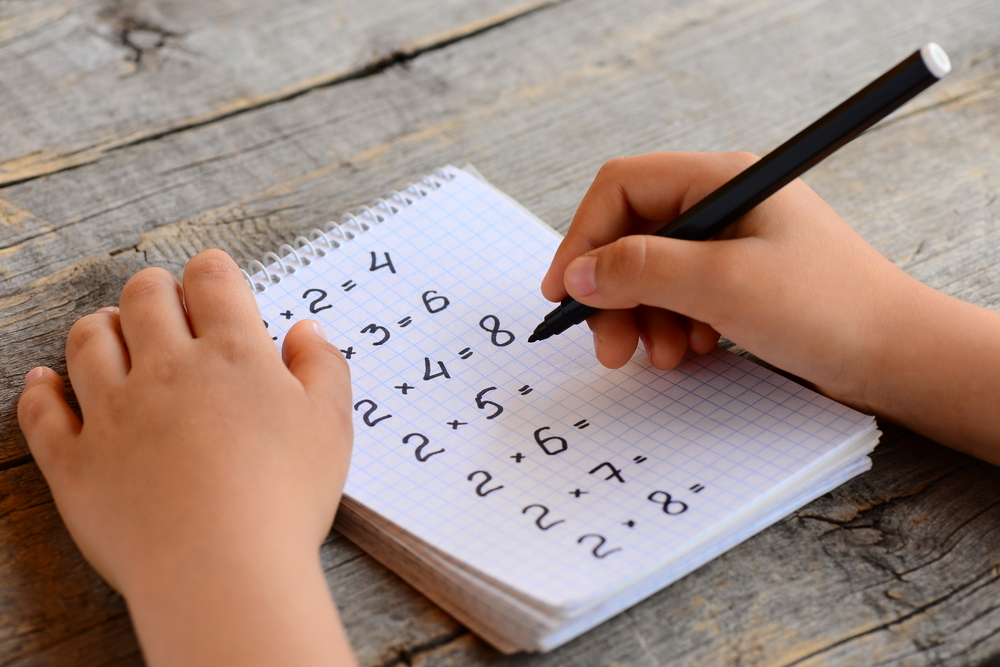


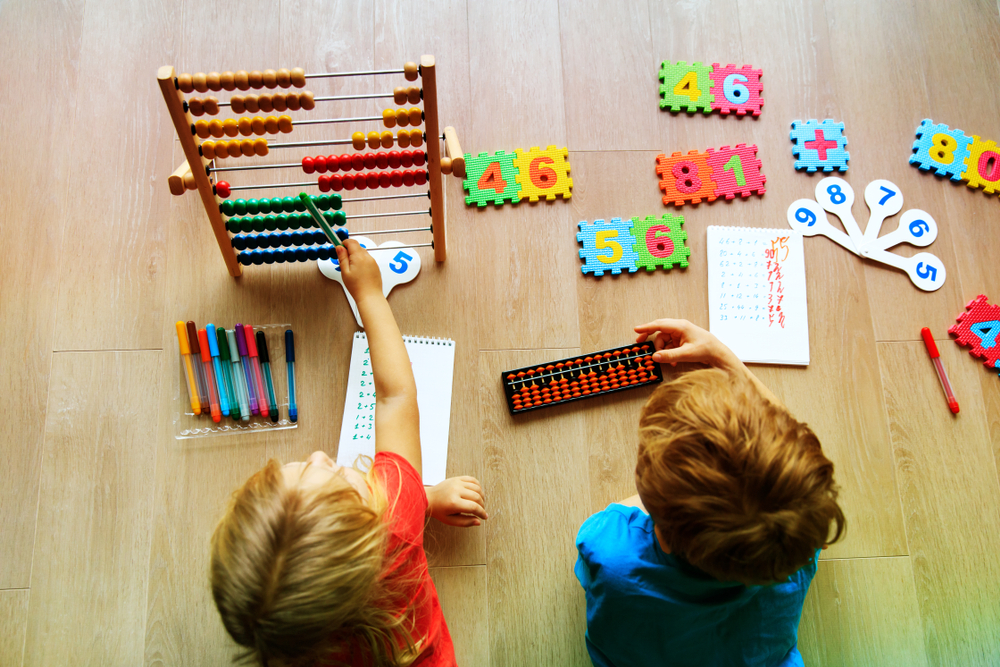
.jpg)





